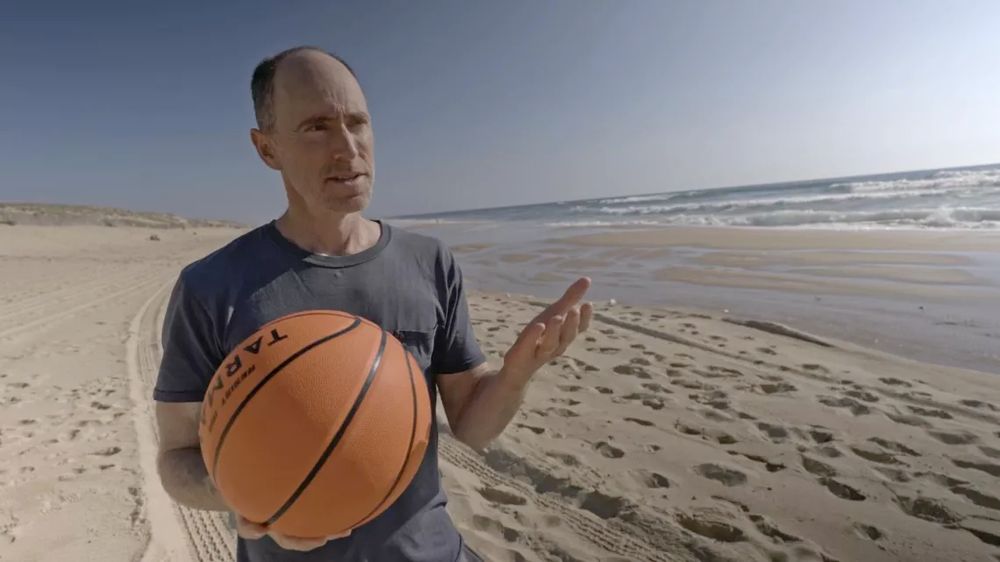
My favorite was the "making a comet" demo with dry ice, or maybe going to check out the Vera Rubin telescope in Chile.

My favorite was the "making a comet" demo with dry ice, or maybe going to check out the Vera Rubin telescope in Chile.
To build a single ring, I think you's need to pass through a horseshoe constellation phase (see planetplanet.net/2023/04/20/c...) and then damp out the librations. Obviously not feasible for humanity at the moment....
To build a single ring, I think you's need to pass through a horseshoe constellation phase (see planetplanet.net/2023/04/20/c...) and then damp out the librations. Obviously not feasible for humanity at the moment....
If there was a very large amount of internal heat flux from tidal dissipation, it would likely be bad for habitability if the planet is close to the inner edge of the habitable zone, or good if it's beyond (colder).
The planet's orbit would also change (slowly) due to tidal dissipation.
If there was a very large amount of internal heat flux from tidal dissipation, it would likely be bad for habitability if the planet is close to the inner edge of the habitable zone, or good if it's beyond (colder).
The planet's orbit would also change (slowly) due to tidal dissipation.
ui.adsabs.harvard.edu/abs/2023MNRA...
ui.adsabs.harvard.edu/abs/2023MNRA...
ui.adsabs.harvard.edu/abs/2023MNRA...
ui.adsabs.harvard.edu/abs/2023MNRA...

